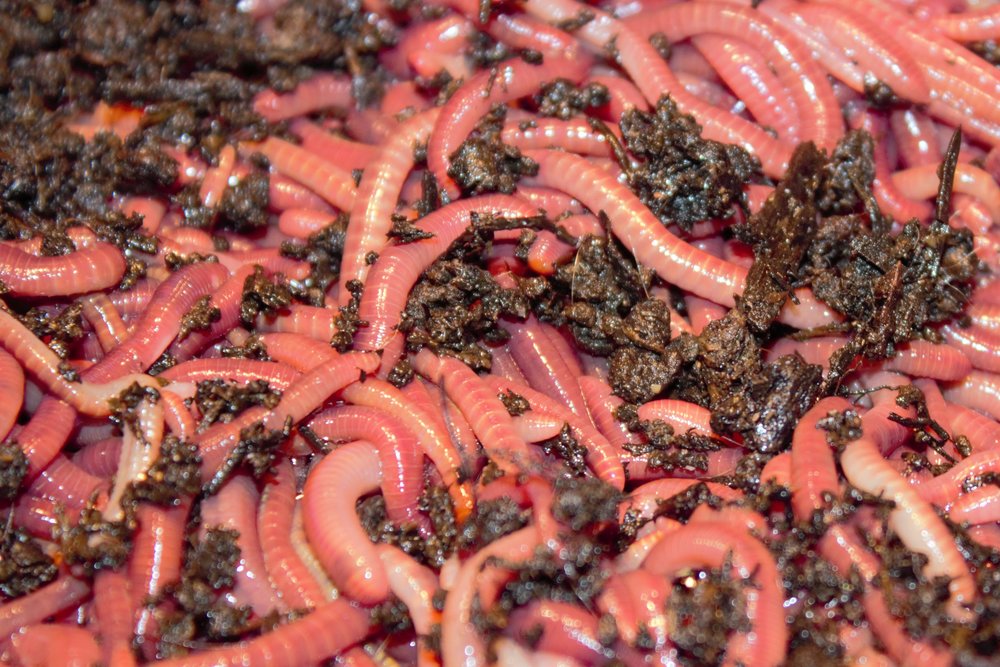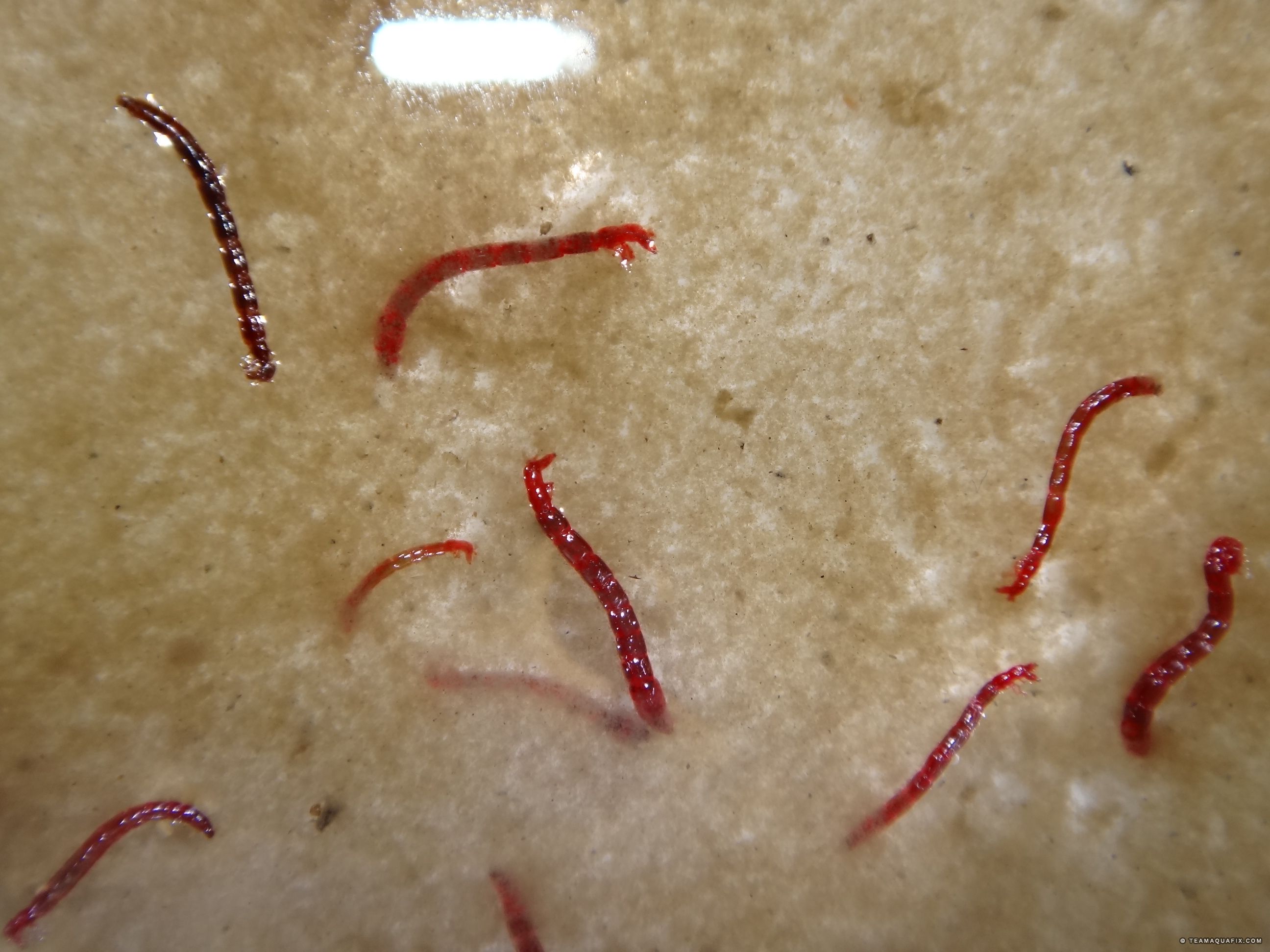Whatever You Required to Know About Red Wigglers for Composting
Red wigglers, or Eisenia fetida, play an essential role in the realm of composting, changing natural waste into valuable soil modifications. The procedure of setting up a worm bin and maintaining it can posture difficulties.
What Are Red Wigglers?

(red wiggler worms for sale near me)
Native to North America, red wigglers are surface-dwelling organisms that choose damp, cozy habitats rich in disintegrating raw material. Their diet plan consists mainly of decaying plant material, food scraps, and various other organic debris, which they eat and damage down effectively. As they absorb this material, they generate nutrient-rich spreadings that enhance dirt fertility.
Red wigglers are hermaphroditic, possessing both male and women reproductive organs, and can replicate quickly under ideal problems. In general, red wigglers are crucial contributors to the process of reusing natural waste into useful garden compost.
Benefits of Utilizing Red Wigglers
Making use of red wigglers in composting systems provides many benefits that enhance both the effectiveness of waste monitoring and the quality of the resulting compost. These worms, clinically recognized as Eisenia fetida, are particularly efficient at damaging down natural issue, transforming kitchen scraps and lawn waste right into nutrient-rich garden compost at an increased rate.
One of the main benefits of utilizing red wigglers is their capacity to eat huge quantities of organic material, typically refining their weight in food waste daily. This high intake price leads to faster decomposition and decreases the volume of waste sent to garbage dumps. The castings created by red wigglers are rich in important nutrients, useful bacteria, and enzymes, making them an outstanding fertilizer for gardens and plants.
Additionally, red wigglers thrive in a variety of environments, making them versatile for both interior and outside composting systems - red wigglers. Their existence in a compost bin aids to freshen the product, avoiding odors and promoting a healthy and balanced composting procedure. Generally, utilizing red wigglers not only adds to efficient waste administration however also sustains lasting gardening practices via the production of high-grade garden compost
(redworms for composting)
Establishing Your Worm Container
To efficiently set up a worm bin, it is necessary to choose a suitable container that satisfies the demands of red wigglers while giving a conducive atmosphere for composting. An appropriate container can be made from plastic, timber, or steel, with a capacity of a minimum of 1 square foot for each pound of worms.
Make sure the container has ample water drainage openings to avoid excess moisture, as red wigglers flourish in a moist, however not water logged, atmosphere. red wigglers. The container must additionally be aerated to give enough air movement, preventing anaerobic conditions that could harm the worms
An ideal location for the worm container is a cool, dark location, free from straight sunshine and severe temperature levels, as red wigglers like a temperature range of 55 to 77 degrees Fahrenheit.
Before introducing the worms, prepare bedding materials such as shredded newspaper, cardboard, or coconut coir, which will certainly give both environment and food. Moisten the bedding lightly to produce a welcoming environment for the worms. Think about placing a cover on the container to preserve humidity and lower parasites, while guaranteeing it can be easily gotten rid of for upkeep.
Feeding and Care Guidelines
Feeding red wigglers is a critical element of preserving a healthy composting system. These worms prosper on a diverse diet regimen, largely made up of organic materials such as fruit and veggie scraps, coffee premises, and smashed eggshells. It is important to avoid feeding them meat, milk, and oily foods, as these can develop unpleasant odors and bring in bugs.
When introducing food to your worm bin, slice or shred materials right into smaller items to assist in quicker decomposition. Beginning with percentages to gauge the worms' intake rate, slowly increasing the amount as they adjust. It is recommended to alternate feeding places within the container to urge comprehensive blending and aeration of the compost.

Troubleshooting Common Issues
Keeping a prospering worm composting system can often provide difficulties that need attention and troubleshooting. Common issues consist of an undesirable odor, which typically suggests overfeeding or the presence of anaerobic conditions. To remedy this, lower the amount of food added and guarantee proper oygenation by blending the bedding material.
An additional regular problem is the escape of click to find out more worms from the container. This can happen because of excessive moisture or improper environmental conditions. Regularly examine the wetness levels, intending for a moist but not soaked consistency, and maintain optimum temperature levels between 60-80 ° F(15-27 ° C )to develop a comfy habitat for your red wigglers.
Bugs, such as fruit flies, can likewise attack worm containers. red wigglers. To combat this, cover food scraps with a layer of bed linen or shredded paper to discourage flies from laying eggs. In addition, make sure that any food included is fresh and without mold and mildew, which can draw in unwanted parasites
Finally, if your worms appear non-active, check for anxiety elements such as temperature level changes or poor wetness. Dealing with these usual issues will certainly aid preserve a healthy and balanced and efficient worm composting system.
Conclusion
In summary, red wigglers, or Eisenia fetida, play an essential role in lasting waste management with vermicomposting. Their capacity to efficiently transform natural waste into nutrient-dense castings boosts soil health and wellness and advertises plant growth. Appropriate setup and maintenance of a worm container, along with adherence to feeding standards, ensure a flourishing ecological community that reduces garbage dump payments. Resolving common issues immediately better sustains the efficiency of this eco-friendly practice, contributing to environmental sustainability and farming performance.